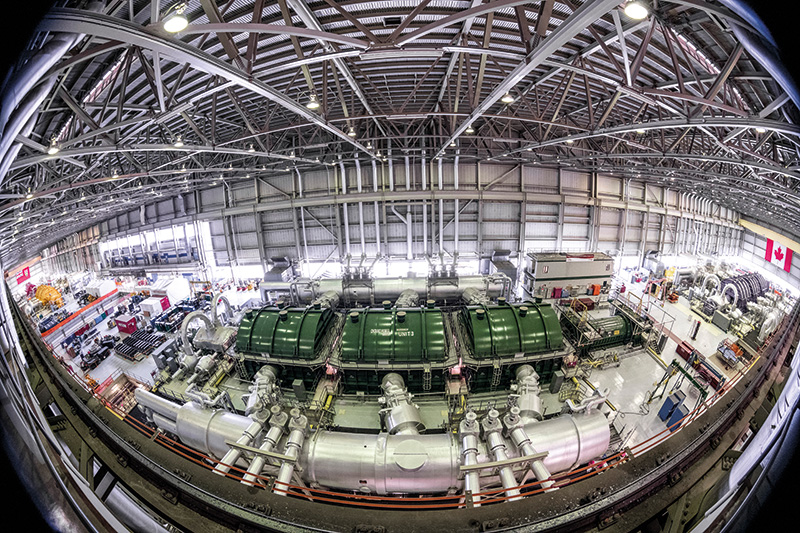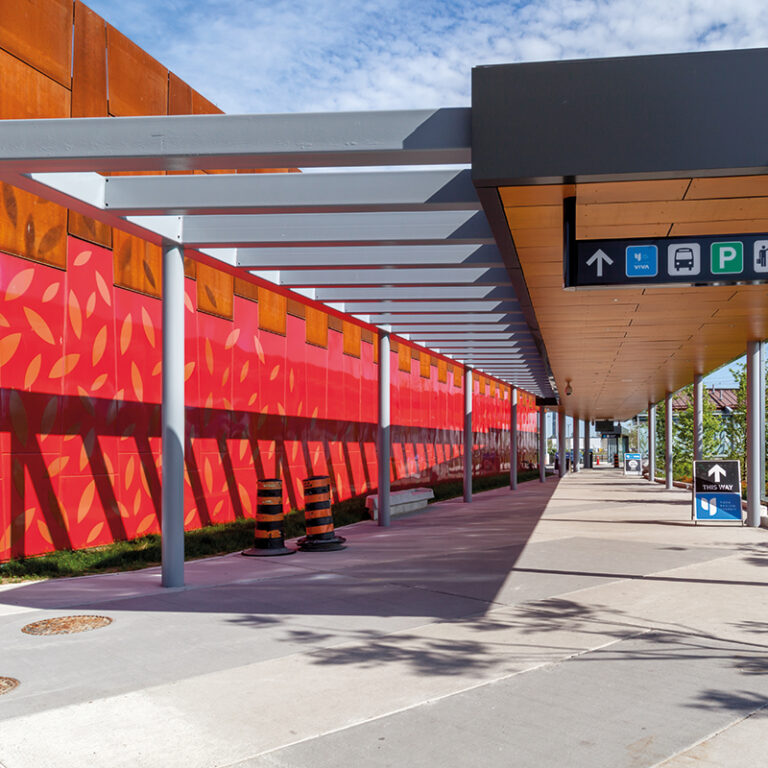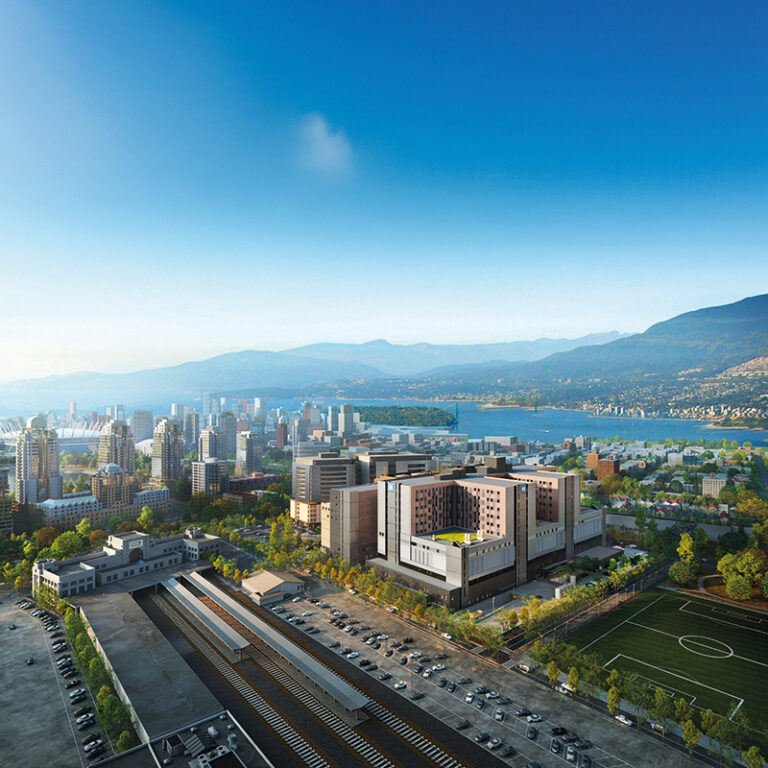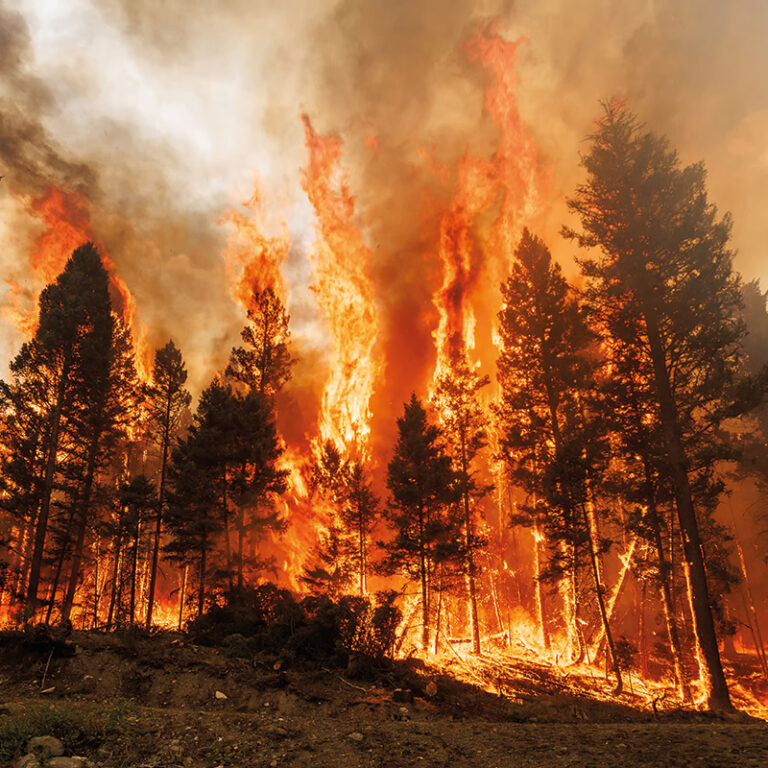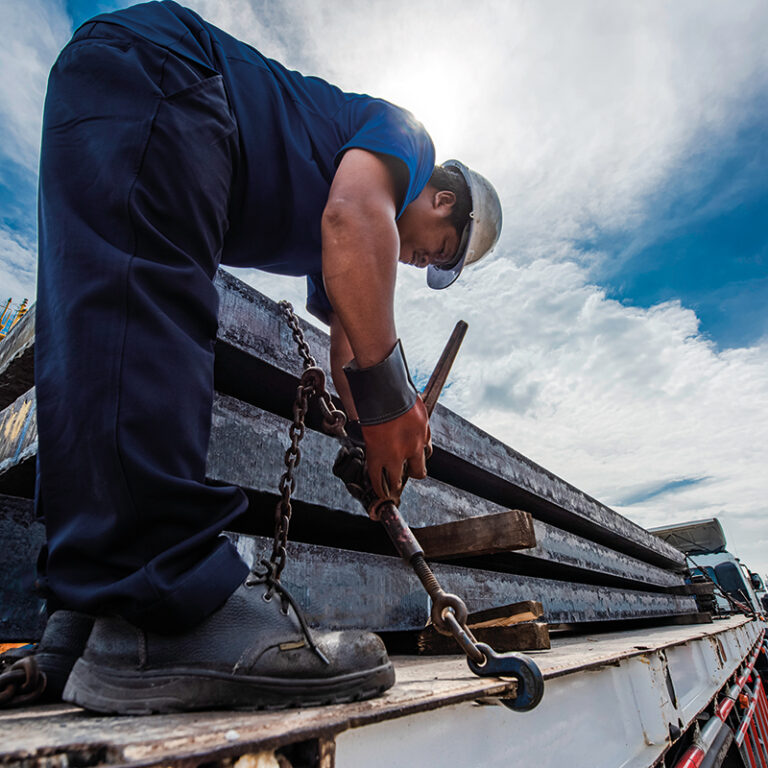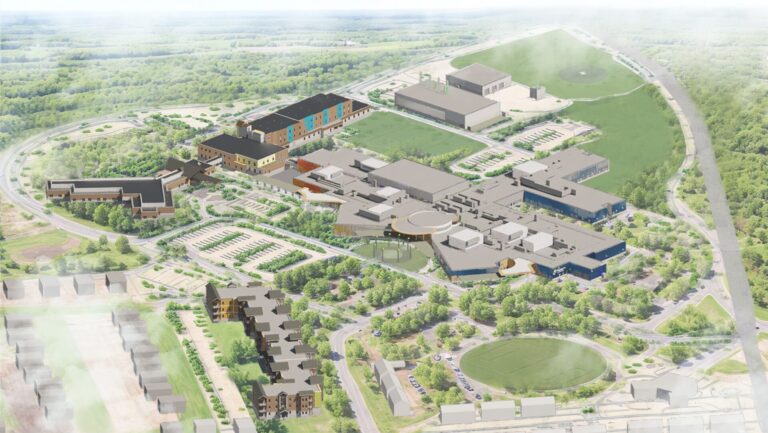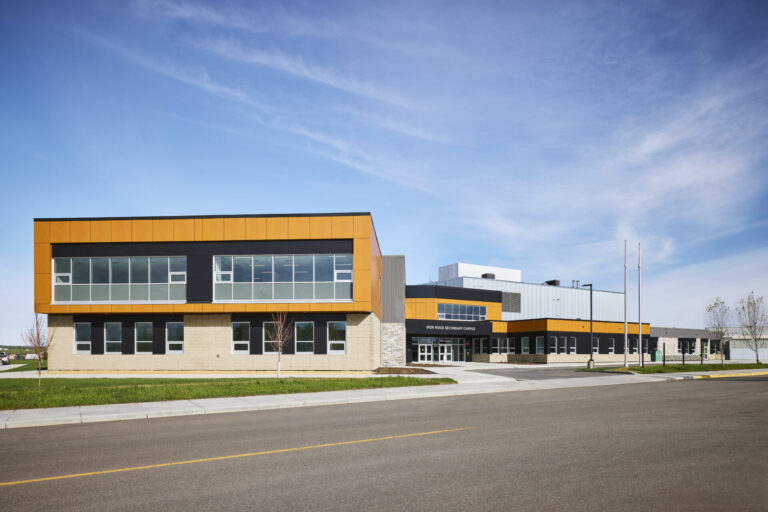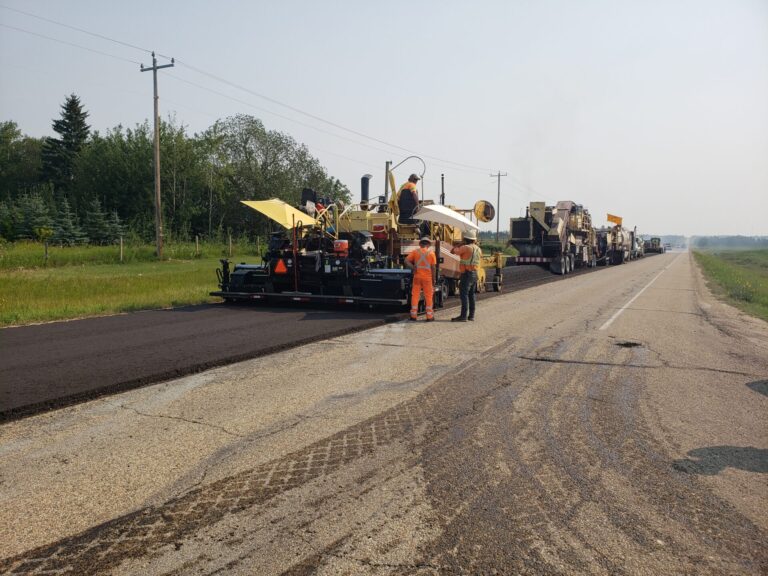By Anthony Ciccone
To meet the demands of an electrified Canadian economy by 2050, the federal government estimates that between 140 and 190 gigawatts of new green electricity will be needed.
Spread out across the entire country, reaching that target can sound less daunting. But what about the regions where, based on new development and the removal of carbon-based fuels, a large amount of new power generation is needed? Consider this: Canada’s largest solar farm produces 465MW, while the largest wind farm produces 495MW. There are few opportunities for new large-scale hydroelectric generation, and much of that is in the northern regions of provinces or the northern territories.
Then consider a nuclear energy plant. Take the Darlington Power Plant in Ontario. That plant produces just over 3,500MW, and does so in the footprint of a large shopping centre. That’s a plot of land that most major cities can find in an around their communities, one that could produce enough energy for around 2.5 million households.
This is one of the many reasons why, in several provinces across Canada, discussions on new full-scale nuclear builds are underway. Provinces like Ontario and Saskatchewan are recognizing the limitations of small modular nuclear reactors (SMRs) in addressing large-scale energy needs and are leveraging Canada’s expertise in CANDU reactor technology to modernize and expand nuclear capacity. There is still a need for SMR to supply northern areas or high-capacity users like data centers because of a lower capital cost investments required and shorter time to build.
Lessons Learned
It’s been 32 years since the Ontario Power Generation (OPG) Darlington’s Unit 4 came online, the last new nuclear energy generation introduced to the power grid in Canada. Canada has learned valuable lessons about building nuclear energy assets, particularly the importance of managing costs, timelines, and stakeholder collaboration. Those lessons have been applied to successful refurbishment projects, such as those at Bruce Power and Darlington, which have demonstrated the industry’s ability to deliver complex projects on time and within budget. Both projects have created thousands of jobs, supported economic growth, and contribute to Ontario’s long-term energy stability.
With a positive track record supporting our industry, and the ability to rely on international expertise to support new builds, the Canadian nuclear sector is in the best position it has been, potentially ever, to deliver valuable nuclear energy assets for the future clean energy grid.
Considering the Life Cycle
Of course, it’s not just as simple as finding a site, securing the investment, and starting construction. There is social and environmental license to consider, and the community engagement needed to secure them.
Doing this successfully means fully appreciating the entre life cycle of the plant itself. Life cycle analysis (LCA) provides a comprehensive evaluation of the environmental, economic, and social impacts across a new nuclear build’s (NNB) lifespan (i.e. from construction to decommissioning and waste management). LCA supports sustainable and responsible nuclear energy development.
This is the same as what we are seeing with other renewable energy technologies as they approach the end of their life cycle. Concerns are raised when there is no plan for the safe and environmentally-friendly disposal of components. When renewable energy technologies are in their infancy, material disposal and recycling aren’t always top of mind. But in today’s development climate, knowing how the materials will be used at the end of their usable life is very important.
In the nuclear sector, the need for full life cycle analysis applies to both SMRs and full-size plants, though their scales and designs differ. For SMRs, LCA examines their modular nature and shorter construction timelines, while for full-sized plants, it assesses the larger material and operational demands.
When evaluating a plant’s LCA, the most challenging aspect to resolve is often spent fuel management. Unlike decommissioning or recycling construction materials, spent fuel requires long-term solutions due to its high radioactivity and prolonged decay period. Safe handling, secure storage, and eventual disposal demand robust systems, such as deep geological repositories (DGR). The DGR is considered the best solution for spent fuel disposal because it provides a safe, long-term method to isolate radioactive waste from the environment, using stable rock formations and multiple engineered barriers to prevent contamination for thousands of years.
After a 20 year site-selection process the Nuclear Waste Management Organization (NWMO) has selected a site in northern Ontario handle and store nuclear spent fuel. As Canada expands its nuclear capacity, the NWMO is actively planning for increased waste volumes, ensuring that the DGR design can accommodate both current and future needs. This proactive approach reflects international best practices and positions Canada to manage nuclear waste responsibly as the industry grows. The NWMO is planning for an additional DGR to handle spend fuel from non-Candu reactors as well as intermediate and high-level waste.
The resolution and adoption of the DGR as the solution for long-term waste storage had added to the acceptance and expansion of nuclear energy as a way to power Canada in the decades ahead as part of the clean economy.
There is a shift that is driven by the urgent need for reliable, non-emitting energy sources to meet growing electricity demands and achieve climate goals primarily focused on “grid” generated power. Thanks to the diligence of the nuclear energy in addressing its past shortcomings, the industry is well positioned to play a significant role in Canada’s energy transition.
Anthony Ciccone is the senior vice president, Global Nuclear Sector at WSP.
Featured image: Darlington Nuclear Station. (OPG)

